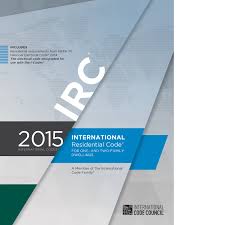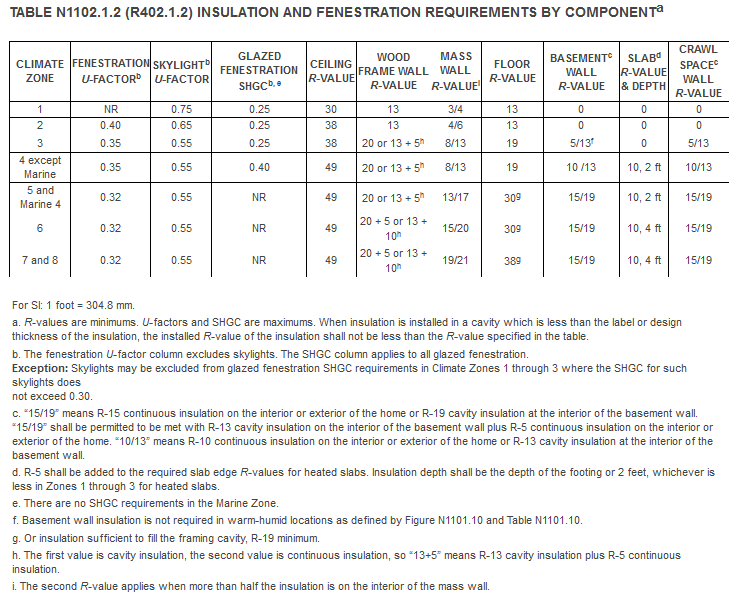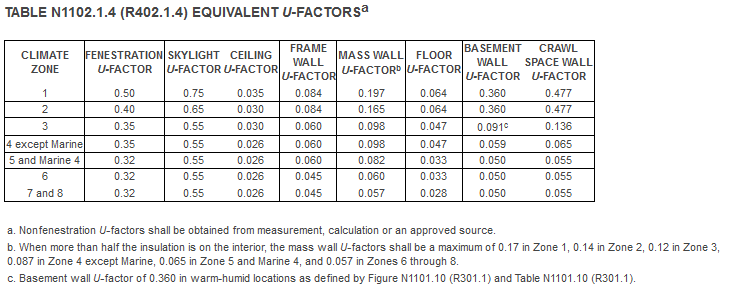
Last week we started to talk about Energy Code Compliance and the 2015 IRC.
This week we are going to focus on the first compliance method, the method that is most commonly used because builders generally use it as a default, the prescriptive path. Prescriptive requirements means following the specific written guidelines of the code, such as installing insulation to meet the R-value requirements of Table N1102.1.2 or the U-Factor requirements of Table N1102.1.2.


For example, if you are in Dallas, TX, that is Climate Zone 3, and your prescriptive insulation requirements are:
|
Dallas, TX – Climate Zone 3 |
R-Value |
U-Factor |
| Ceiling |
38 |
0.030 |
| Wood Frame Wall |
20 or 13 + 5 ci |
0.060 |
| Mass Wall |
8/13 |
0.098 |
| Floor |
19 |
0.047 |
| Basement Wall |
5/13 |
0.091 |
| Slab |
0 |
N/A |
| Crawl Space Wall |
5/13 |
0.136 |
To meet the prescriptive requirements, you have to install the insulation to these minimum R-Values or these maximum U-Factors.
Following prescriptive requirements is the most common method of code compliance, but there is often more design flexibility when using the other compliance options, especially when using a high performance material like spray foam insulation. Next week we will look at the performance path as a compliance option to meet energy efficiency code requirements.
Stay tuned next week as we continue to discuss the interesting world of spray foam insulation.
Subscribe here to keep in touch with Spray Foam Advisor and get your FREE copy of 25 SPF Frequently Asked Questions and a PRIVATE link to Robert Naini’s SPFA Breakout Session, “3 Ways to Close More Sales with Building Science.”


